Hi everyone. My name is Yasuhiro Naka, Sound Designer on Bayonetta 3. If you’ve played the game then I hope you enjoyed the battles against the Homunculi! In this second sound design-focused installment of the development blog (*), I would like to talk about the sound design for the enemies.
(*) Read about the sound of Bayonetta and Viola here.
Design Concept
If the angels are represented by the sun and demons by the moon, then the motif for the Homunculi is clouds that cover them both. Another motif for them are elements reminiscent of shrines and temples-such as voices lacking intonation, characters for the Homunculus script.
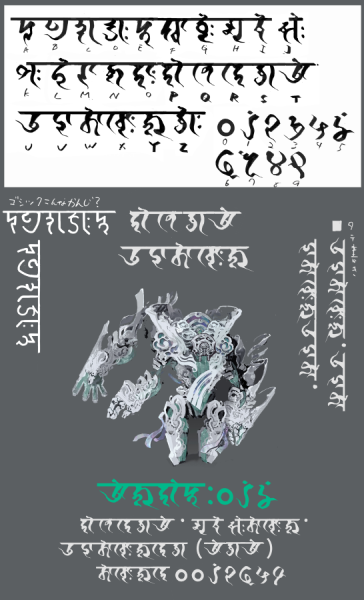
The design of the Homunculi themselves incorporates the “Clouds of Erasure” into their bodies, and it seemed to me to be an image of returning everything to “nothingness”. From these design concepts, one thing that stood out for me was the rather Asian motifs such as Buddhism-inspired designs. Perhaps I am being influenced by the sutras and Sanskrit characters, but when I was discussing the concept with Director Yusuke Miyata, he said that he was also thinking of shrines and temples for the design concept, so I think we had a common understanding of the general design direction.
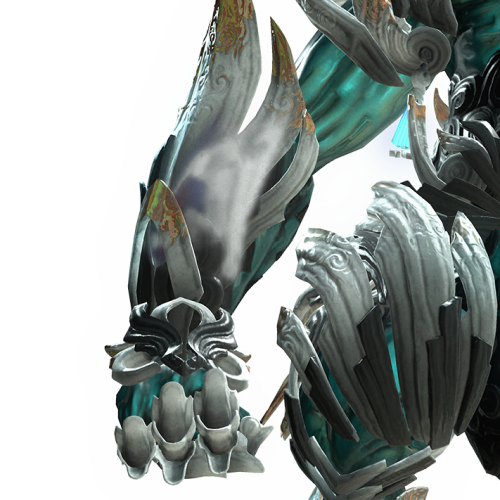
The design of the Homunculi incorporates the “Clouds of Erasure” into their bodies
Now that I have shared the general design concept for the enemies, let’s look at how we went about incorporating this concept into the sound design. One thing we did was adopt a sound that is easy to comprehend and that evokes Buddhist temples as its design element. An actual example is the sound that plays when an enemy makes its appearance. It is probably one of the most frequently heard sounds in the game.
Incidentally, the enemies in Bayonetta 3 differ from the agents of Paradiso or Inferno from the past series. Unlike the way angels and demons would appear from portals in the previous games, the Homunculi are composed of nanotechnology elements that conjoin to create them in real time. As the Homunculi become complete, they are engulfed in a slight glow to indicate their birth.
To express this formation, we designed the sound to be somewhat gooey in nature as they are forming. They become engulfed in a mysterious glow at the moment of completion, and we made a temple bell ring at that juncture. The facial design of the Homunculi as a whole, combined with the fact that they have been designed to resemble a Buddha-like form, is quite unique. By the way, I personally call these enemies “elementors” (not their official name, of course!). For their sound, I made sure to accentuate the sticky sounds they make as they appear. I tried various materials to create the sound, and this is the best one I found.
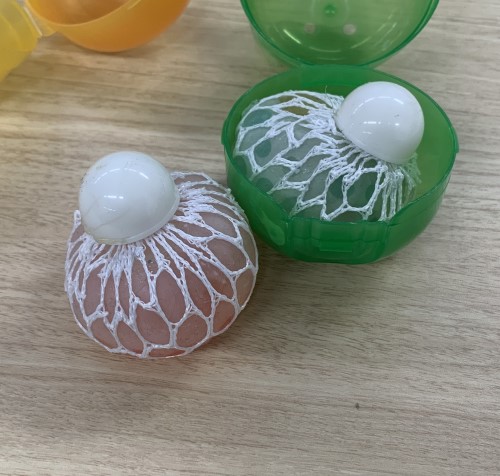
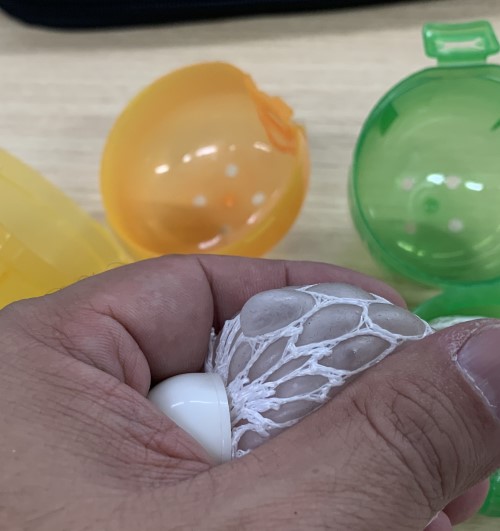
This is a capsule toy, but it has an indescribably pleasant tactile sensation when you hold it. Oh, and it also makes a really nice sound! I couldn’t help but get about 5 or 6 of these (I used them to record so much sound that they eventually burst, so I only have a few left…ah, well.) There is good sound all around us, right? I also used abalone shells and rubbed them against one another to create sounds for the exoskeleton.
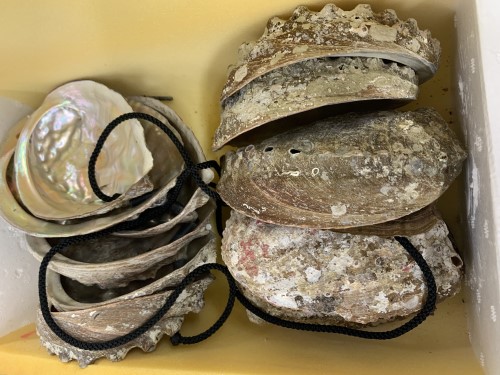
Now, let me introduce some of the individual enemies.
Individual enemy designs
Stratus
A general-purpose mass-produced Homunculus in humanoid form. Equivalent to “Affinity” of Paradiso. These are the most common and numerous Homunculi, so we aimed for a sound design that is not too cumbersome, yet still distinctive enough.
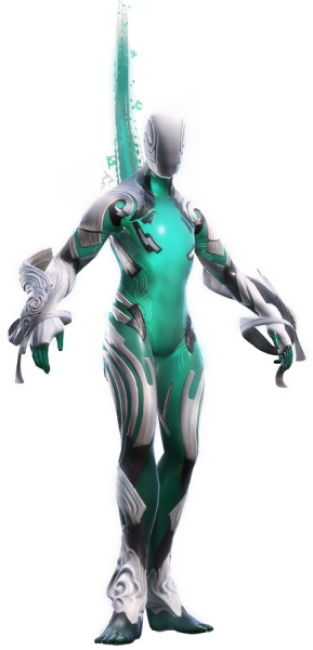
Their bodies appear watery because they transform into a slime-like matter, so naturally we accentuated the water sound in this case. For their footsteps and voice, we added a faint sound of a singing bowl instrument. As for their weapons, the sound design is electronic and perhaps more inorganic.
Floccus/Fractus
A generic medium-sized Homunculus. Equivalent to “Beloved” from Paradiso. These are also humanoid, but they are characterized by their large size and a design that makes one wonder if they should go on a diet (Just like yours truly.)
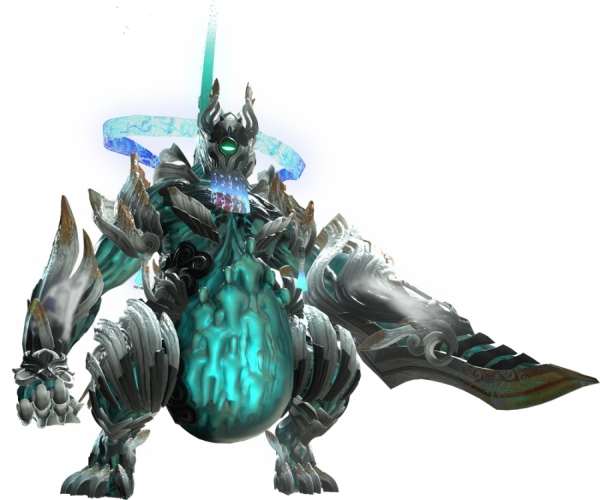
Floccus
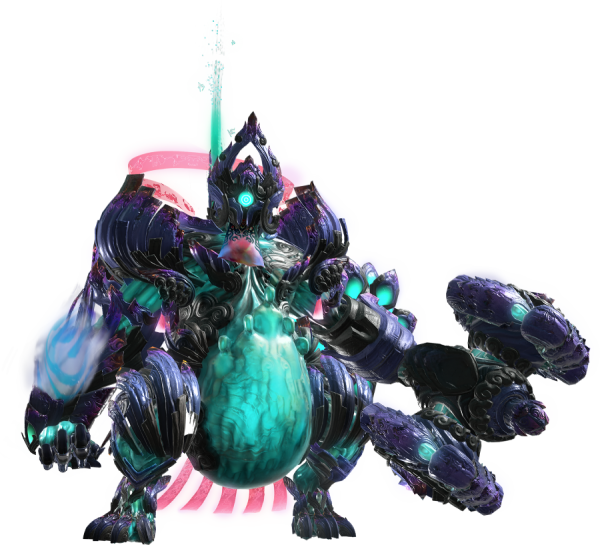
Fractus
There are two types of these little bad boys. One with a sword and the other with a hammer.
The sword type is fairly straightforward and attacks by swinging a large sword. Based on this, we designed these enemies to sound “sharp” with an emphasis of portraying their dynamic and explosive action of swinging a large sword rapidly. The hammer type has a slightly different design with a large hammer and a flower-like sphere. Confirming with the team, we were told that their design concept was based on a toy called a kendama, so we used kendama-like sounds for these enemies to stay true to the concept.
In addition to the typical science fiction-like sound effects, we added a didgeridoo sound to the barrier standby for barrier attacks to create a sense of mystery and ritual. Their footsteps are made to sound a little “chubby” in nature, and when you attack their belly, it shakes quite a bit, as we purposely exaggerated this movement to make it sound comical.
For their attacks, we designed the sound to be less intonated, a bit like a magic spell, with the barrier attacks designed to sound like a chanting of a sutra.
Mediocris
A slightly more technical Homunculus that is difficult to attack with more sluggish Infernal Demons. These restless enemies are always moving around. Apparently, the design concept for these enemies was for them to resemble a rabbit…when I heard this I was somewhat confused…as they don’t look much like rabbits to me.
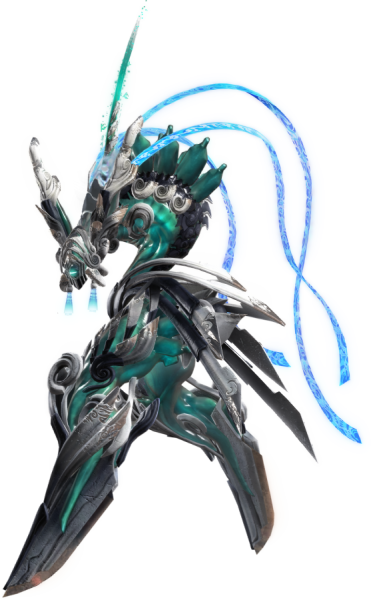
When I think of rabbits I think of something that is that of a beloved fluffy creature that soothes even the most savage beast just by the way it looks. It munches on grass, scurries around, and twitches its nose…cuteness overload! I am not sure that people would automatically associate “hopping around” with a rabbit, though. Director Miyata told me that the horn-like parts of this enemy are meant to resemble rabbit ears.
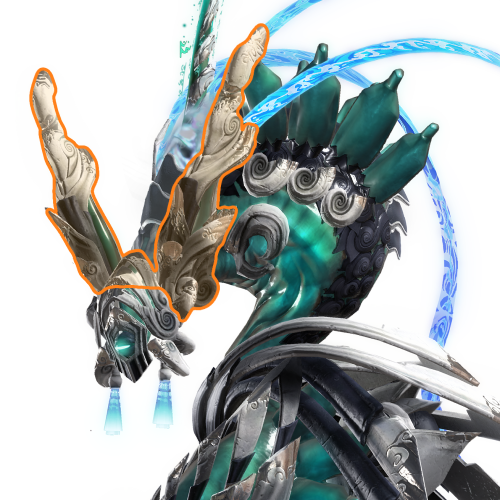
Yeah… kind… of… OK…
In the early stages of development, we referred to this character as the “speedster”, which raised even more question marks in my head…
Anyway, the sound of these little baddies make was designed to be sharp. They have a large sword with a transforming mechanism on their legs, so their attacks are razor-sharp, just like a sword, and their movements rapid. As for their voice, their movements are animal-like, so it is more animal and insect-like rather than being focused on sutra-like nuances.
Virga
Unlike the humanoid Homunculi, this character is a centipede-like multilegged creature. They make the most of their multiple legs for stomping attacks by using their feet in tandem. But perhaps their most characteristic attack is their bite attack.
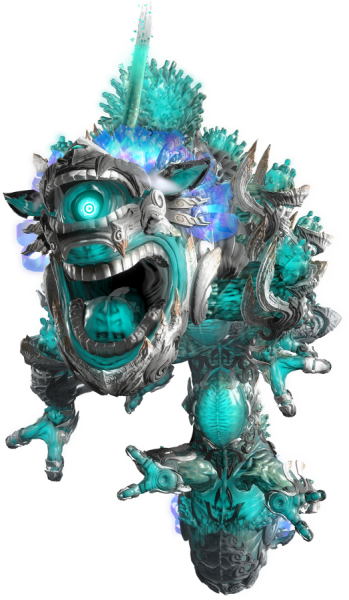
The design concept for their bite attack was the “lion dance” you see in countries such as China and Japan. The sound was also designed to accentuate that.
What did you think of the sound designs of a few enemies we specifically selected just for you? I think that we’ve been able to express a neutral sounds that is neither angelic nor demonic in nature with our enemies in Bayonetta 3.
An interesting FYI perhaps, but here at PlatinumGames, we often affectionately refer to the enemies as though they are our children. We also design enemy characters with tender love and care. We love all our little demonic children equally and recommend them all to our players. I hope that you’ll find your favorite enemy, though!
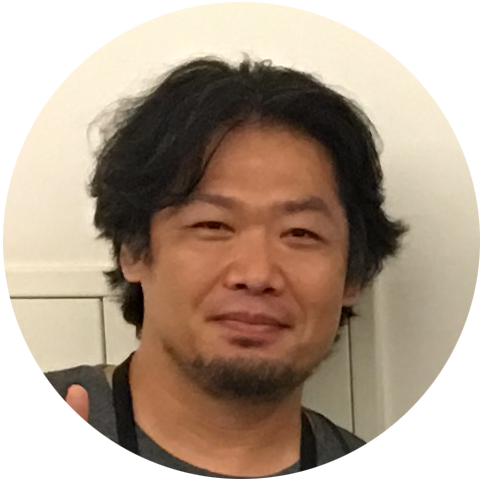 |
Yasuhiro Naka He started his career in 1993 at a major game developer. After working on various game sound productions, he joined PlatinumGames in 2009 as a sound designer. He has worked on various sound design and system architecture for VANQUISH, The Wonderful 101, Bayonetta 2, STAR FOX ZERO/GUARD, NieR: Automata, and World of Demons. For Bayonetta 3, he was in charge of sound direction for everything except the background music, and also responsible for sound design of players, enemies, and backgrounds, as well as system construction and outsourcing. |